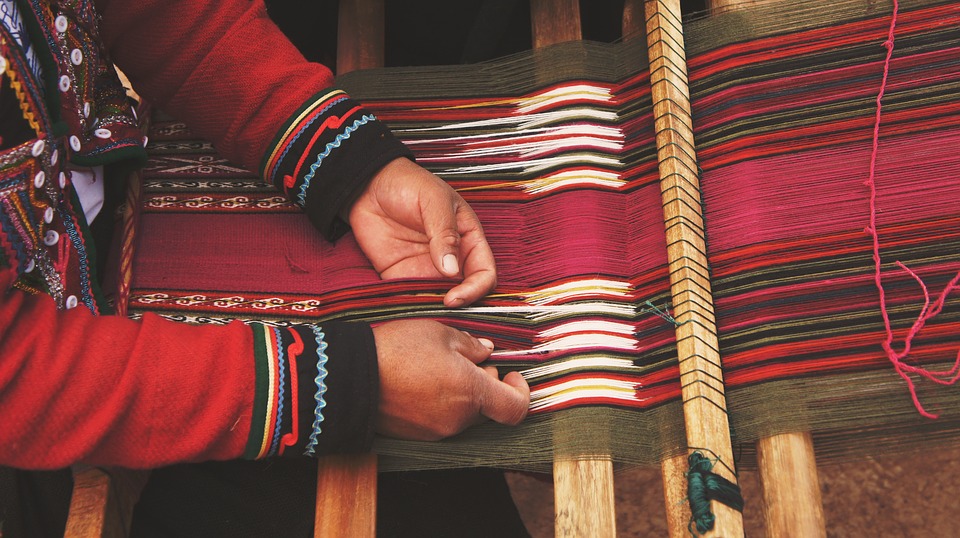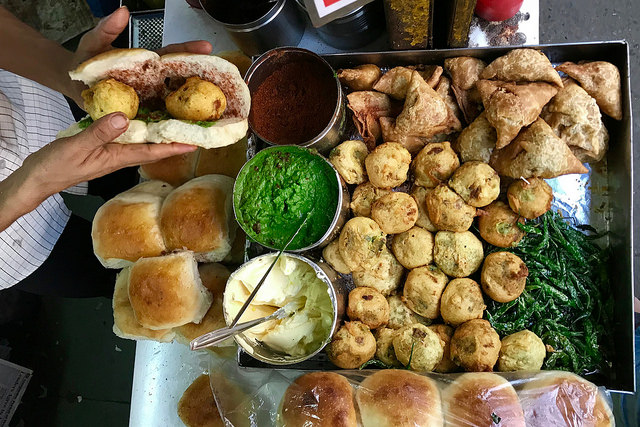Assam handloom is a type of weaving practiced in the state of Assam in northeast India. This traditional form of weaving has a rich cultural heritage and is known for producing high-quality textiles that are prized for their intricate designs and vibrant colors. In this article, we will explore the history and significance of the handloom and its place in the region’s cultural heritage.
What is the history of Assam handloom?
The handloom has a rich history that dates back to the 16th century. During this time, the Ahom dynasty ruled the region and encouraged the development of the handloom industry. The handloom industry continued to thrive under British colonial rule, and today, it remains an important part of the region’s cultural heritage and economy.
What are the different types of handloom textiles?
The different types of Assam handloom textiles include Mekhela Chador, Gamusa, Pat, Muga, Eri, and Endi. Each type of textile is unique and is known for its distinctive designs and colors.
What is the significance of the handloom in the region’s cultural heritage?
Assam handloom is of great cultural significance in the region, as it represents the unique heritage and identity of the state. The intricate designs and vibrant colors of the handloom textiles have been passed down from generation to generation, and serve as a living testament to the region’s rich cultural heritage.
How is Assam handloom different from other forms of weaving?
The handloom is different from other forms of weaving in a number of ways. The handloom industry in Assam is highly specialized, with each type of textile having its own unique designs and colors. The textiles produced by the handloom industry in Assam are also of a higher quality than those produced by other forms of weaving, due to the use of high-quality raw materials and the attention to detail that goes into each piece.
What is the role of tourism in preserving the cultural heritage of Assam handloom?
Tourism plays an important role in preserving the cultural heritage of the handloom by providing a platform for the handloom industry to showcase its products and reach a wider audience. Tourists can visit the handloom villages and experience the handloom process, learn about the cultural heritage of the region, and support the preservation of the region’s rich cultural heritage.
In conclusion, the handloom is a rich and vibrant part of the cultural heritage of the state of Assam in northeast India. From its history and significance to its intricate designs and vibrant colors, the handloom represents a unique and fascinating aspect of the region’s cultural heritage. Whether you are a traveler, a student of cultural anthropology, or simply someone interested in learning more about the rich heritage of northeast India, Assam handloom is an experience not to be missed.









